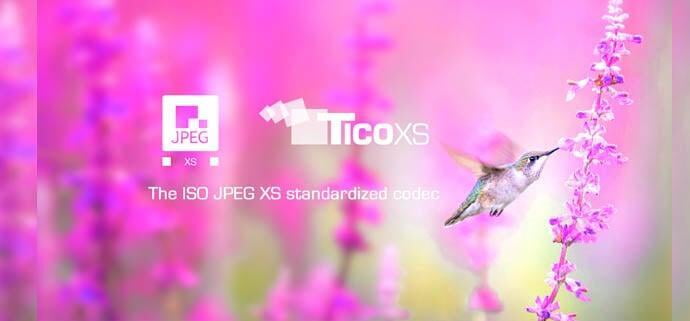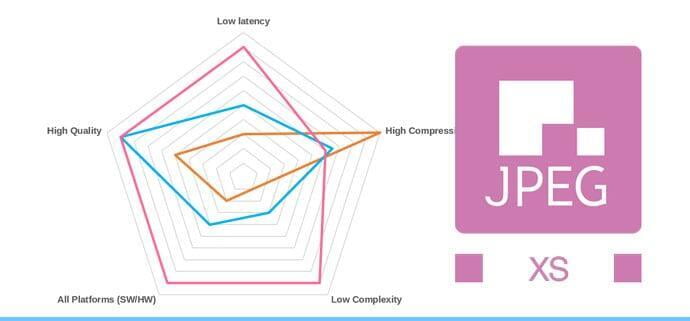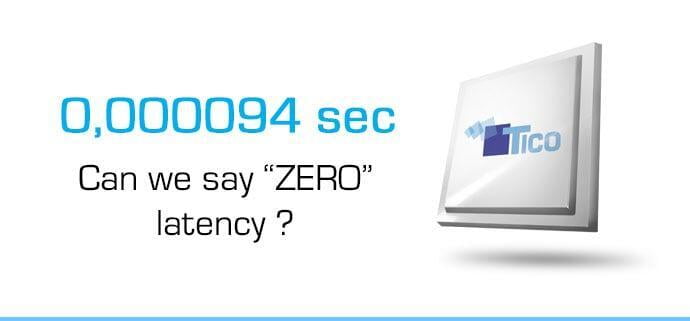
How to provide a data compression solution without making the slightest compromise on quality or latency while using the existing infrastructure and at low hardware complexity?!
Technology improves constantly, internet connections get better and faster, but in conjunction, video resolutions get higher and files exponentially bigger! Compression is more than ever a requirement to distribute your video.
Over the last 20 years, resolution and frame rates have moved from SD (@24fps), to HD, then 4K (@60fps), now reaching 8K (@120fps) and will likely keep increasing. Thanks to all these improvements, we are entertained with better images and videos, and machine vision algorithms (AI, Analytics) can make better decisions.
Higher frame rate, higher resolution, more bit per pixel (or precision) and higher dynamic range (HDR) imply a considerable increase in the amount of data to be transported, recorded and processed.
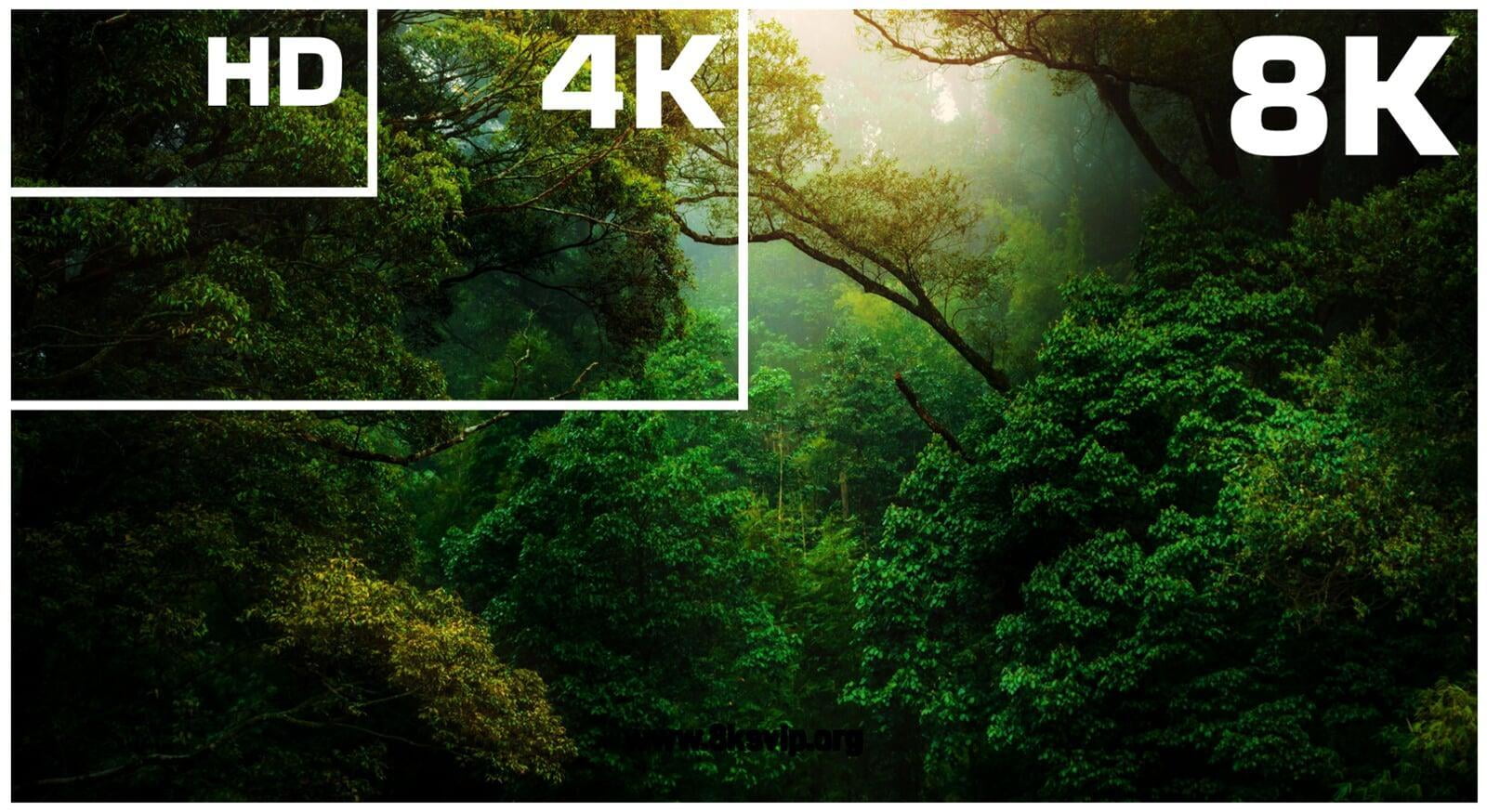
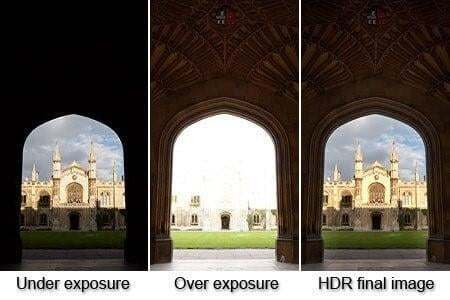

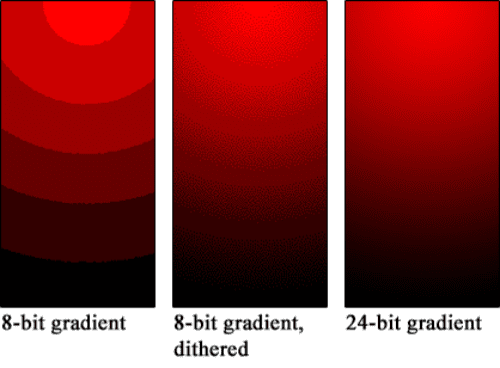
We have more pixels to manage, store and transport … and the pipelines are jammed already !
The typical issues we are going to face if we don’t compress our video contents are multiple : big investments due to expensive hardware replacement and expending storage capacities, huge transition costs, heavy infrastructures and systems requiring complete redesign or re-installation with higher complexity, accelerated obsolescence, increase of carbon footprint, …
And in addition, a big power consumption impact because of the larger interfaces, bandwidth and memory requirements.
”How to put more cars on the road without creating traffic jams & delaying arrival times of each passenger?“
Compression is no longer optional !
Compression technology helps managing more pixels over a limited bandwidth using existing devices and infrastructures.
Today it is estimated that 70 billion meters of 1 GbE cable are placed and used worldwide. Replacing them will have a huge environmental impact.
JPEG XS compression algorithm is here to help you manage higher resolutions, frame rates and number of streams, while keeping the uncompressed visual quality with no latency and a very low hardware/software complexity.
In addition to power consumption savings, video compression reduces BOM cost thanks to cheaper switches, less cabling, smaller FPGAs and a better use of CPU/GPU processing power.
Why should you choose JPEG XS compression technology ?
The question in the past was: Why NOT using compression? It appeared that latency/complexity was an important drawback of compression. Thanks to JPEG XS technology, those last remaining obstacles have been removed.
The JPEG XS standard defines a lossless quality compression algorithm with very low latency and very low complexity. JPEG XS reduces energy consumption of electronic devices, enables ultra-high-definition video such as 4K & 8K, and foster the video connectivity over lower bandwidth links such as gigabit ethernet or wireless connections. This increases possibilities in a wide range of communication technologies !
- JPEG XS has a much lower complexity than any inter-frame codec. It leads to much cheaper implementation, a tiny hardware footprint with no need to store frames in an additional expensive DDR memory. It also has a more balanced complexity between encoder and decoder, making it more suitable for environments where you have the same number of encoders and decoders.
- A huge positive impact in terms of power consumption is a collateral: JPEG XS does not require a lot of memory since it’s a line-based compression technology.
- In terms of latency, JPEG XS has a microsecond-latency and can thus be run throughout a whole live production workflow without even inducing the latency of another codec single encoding-decoding step. JPEG XS stays well below this measure at < 1 millisecond for combined encoding and decoding.
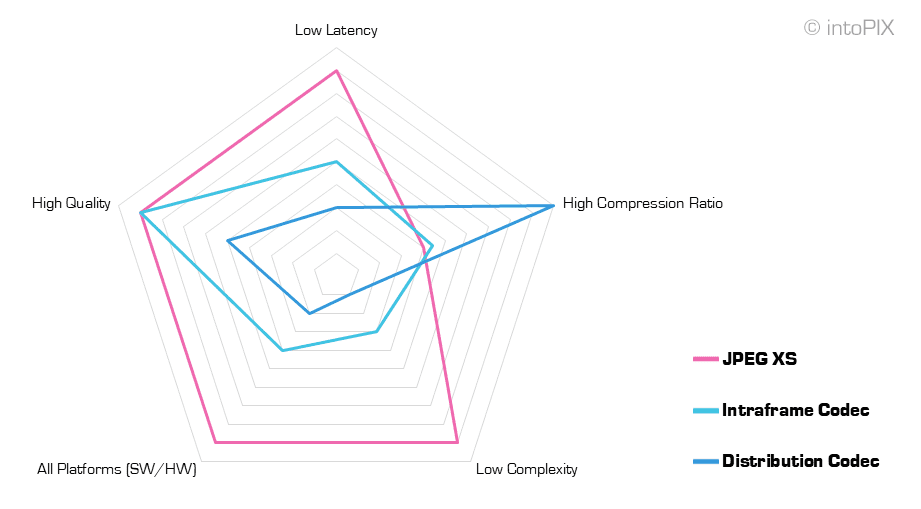
Given the constant evolution of image technology such as the evolution of 4K and 8K, the emergence of Virtual Reality, autonomous vehicles, 5G, AV-over-IP, ... it is essential to provide an invisible video compression solution. This means without making the slightest compromise on image quality and latency while using the existing infrastructure and at low hardware or software complexity. If compression is no longer optional, JPEG XS allows it without any compromise !
Interested in learning more about the benefits of compression? Contact our experts now!





